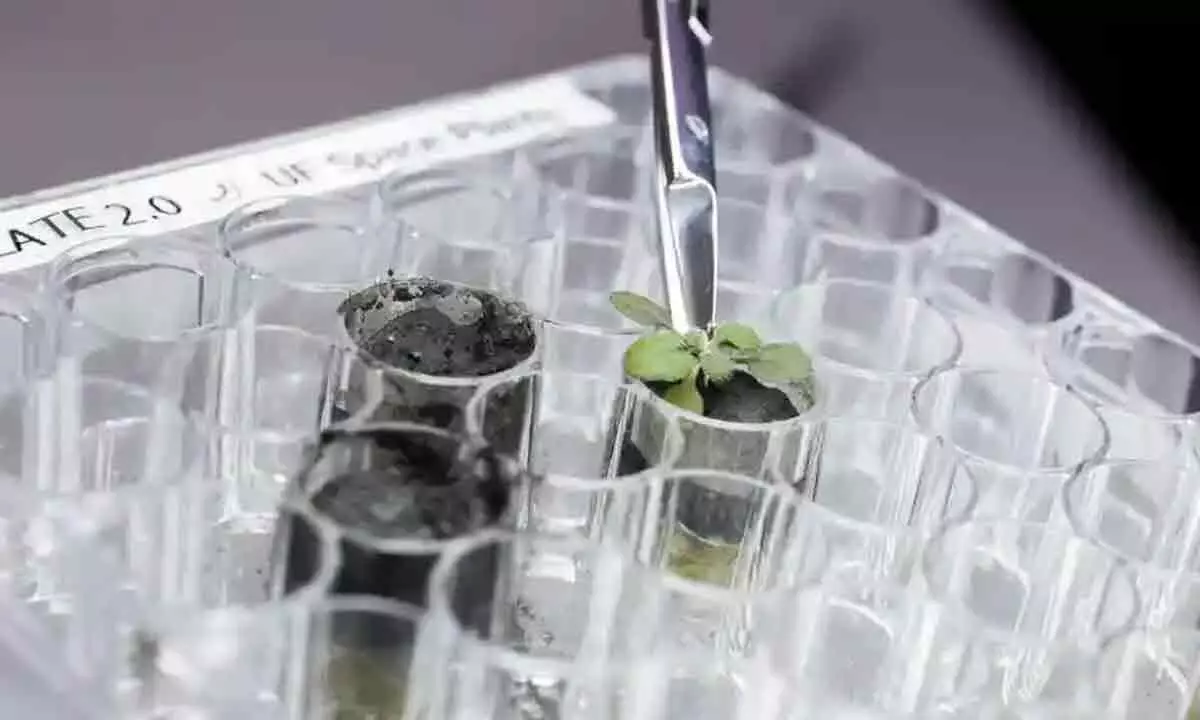Scientists grow plants in soil from Moon for first time

Scientists have for the first time grown plants in lunar soil brought back to Earth by astronauts in the Apollo missions, a step towards producing food and oxygen on the Moon or during future space missions.
Scientists have for the first time grown plants in lunar soil brought back to Earth by astronauts in the Apollo missions, a step towards producing food and oxygen on the Moon or during future space missions.
The researchers at the University of Florida (UF) in the US showed that plants can successfully sprout and grow in lunar soil. Their study, published in the journal Communications Biology, also investigated how plants respond biologically to the Moon's soil, also known as lunar regolith, which is very different from soil found on Earth. This research comes as NASA's Artemis Program plans to return humans to the Moon. "Artemis will require a better understanding of how to grow plants in space," said Rob Ferl, one of the study's authors and a professor at UF Institute of Food and Agricultural Sciences (UF/IFAS).
"For future, longer space missions, we may use the Moon as a hub or launching pad. It makes sense that we would want to use the soil that is already there to grow plants," Ferl said. The researchers designed a simple experiment: plant seeds in lunar soil, add water, nutrients and light, and record the results. They only had 12 grammes -- just a few teaspoons -- of lunar soil with which to do this experiment. On loan from NASA, this soil was collected during the Apollo 11, 12 and 17 missions to the moon.
The researchers applied three times over the course of 11 years for a chance to work with the lunar regolith. To grow their tiny lunar garden, the researchers used thimble-sized wells in plastic plates normally used to culture cells. Each well functioned as a pot.

